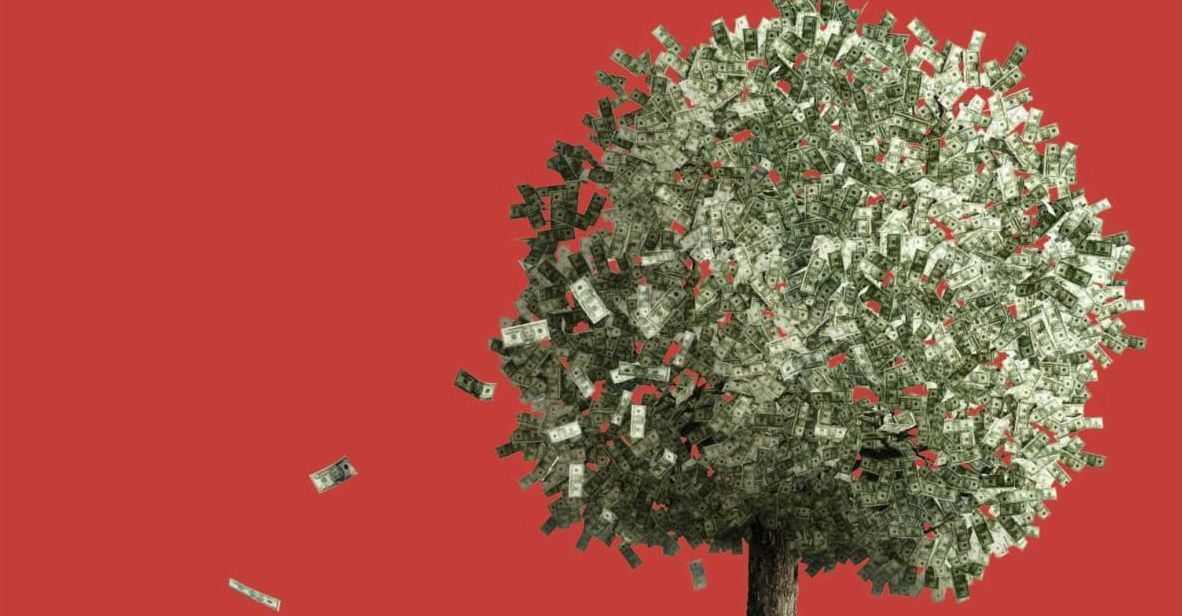
Everyday Life in the North Korean Revolution 1945 – 1950
Suzy Kim
Cornell Press
Dennis Rodman’s visit to the north of Korea, for all its particular oddities, and for all the awkward sadness such a sudden and public disclosure of alcoholism brings, fitted neatly into a comfortable, familiar pattern. North of the 38th parallel is, in the Western imagination, the realm of Great Men and the theory of history named in their honour. The compulsive strangeness of the Rodman interview lies in the way that it manages a deranged repetition of very normal forms of commentary on North Korea: two men (one of whom, Kenneth Bae, has supporters who are careful to never explicitly to deny any of the accusations levelled against him) are positioned as the whole of a conflict. The North, in Western historiography and popular treatment, is a land of demonology, unmotivated tyrants and machinations from above. That makes for nice headlines and simple comedy, certainly, and serves useful ideological purposes in the United States, the country most responsible for the ongoing misery on the peninsula. But its power as default view and position retards the development of more critical views.
Suzy Kim’s Everyday Life in the North Korean Revolution 1945 – 1950 is a very important book. It is an attempt to start up new ways of thinking about the Korean peninsula. History from below is an easy, perhaps too easy, phrase for us on the Left. Kim’s work looks to what was happening amongst the mass of ordinary people, to be sure; her purpose in doing so is rather more ambitious than merely to record forgotten voices. Her book, she writes, ‘is an attempt to restore North Korea’s historicity and its place within the history of modernity’.
We all know that infamous image of the peninsula by night, revealing darkness between the 38th parallel and China above. A sign of the contrast between ‘lights and energy and vitality’ in the South and ‘darkness’ in the North, for Donald Rumsfeld in 2002; an image exposing the absurdity of US claims this impoverished state could be a threat, for commentators on the Left.
Kim starts by reading this image more closely: a ‘product of modern technology, it is a composite of multiple images from repeated orbits around the earth […] with sophisticated algorithms to adjust for anomalies such as fires and lightning. In other words, it is not an image that the naked eye could see from the sky, nor an image that speaks for itself.’ Narratives and representations of the North are always contested, fragmented, mediated.
Kim’s own narrative is produced, in an impressive feat of scholarship, out of documents, government papers and official publications captured by U.S. forces during the Korean War and now held in the National Archives in College Park, Maryland. It’s a case of straw into gold: from over one million pages of declassified ‘North Korean Captured Documents’ Kim has reconstructed some sense of a society in motion. ‘Combing through the pages,’ she writes, ‘reveals multiple voices and competing interests underneath the official line that come through despite attempts to centralised and homogenise what was actually a complicated revolutionary process involving conflict, negotiation, and compromise.’
That revolutionary process, initiated in 1945 with the defeat of the Japanese occupiers, and brought to a close with the outbreak of war in 1950, saw each and every part of ordinary life thrown into question. The Soviet occupation in the north, unlike U.S. forces to the south, abolished all Japanese colonial institutions by decree on 27h September 1945; in the gaps and spaces opened up by this gesture ordinary Koreans, the large majority of them peasants, fought out what everyday life could look like in a future, independent state. ‘During the North Korean revolution,’ Kim writes, ‘everyday life became at once the primary site of political struggle and the single most important arena for experiencing the revolution in progress.’
Her chapters are fascinating accounts of this fight over everyday life. A Law of Equal Rights for Men and Women was passed in July 1946 , providing ‘women with equal rights to economic participation, economic and educational opportunities, and freedom of choice in marriage and divorce, outlawing polygamy and the sale of women and wives and concubines.’ As many as 90 percent of women were illiterate at the war’s end, and women flocked to reading and writing classes organised by the party groups. The majority – by three to four times, in some cases – of those attending these courses were women.
A revolution in everyday life – and thus in the domestic sphere – involved creating new kinds of subject position, new ways of imagining what it meant to be a man or a woman, a Korean and a peasant. Kim’s work in the archives draws out the contradictions and tensions in this. She has a particular ear for narrative and its discontents, reading successive drafts of individuals’ personal statements as they prepare applications for party membership for the clues they give as to how personal memories and details of a life story are worked and re-worked into new significance in a new social order. The archives are full of criticism and self-criticism to do with the new gender equality laws. Some of these are familiar, as with female party members criticising their male comrades for failing to recruit their wives into the party. Others show the persistence of older ways of thinking and living, as with the publicity director of a local women’s league who, in 1947, was criticised for ‘incorrectly understanding the Gender Equality Law and having her husband cook breakfast and dinner while she went about pimped up under the pretext of struggling for national construction.’
There was terror, certainly, and coercion, and modelling (in the upper levels of the party) on the Soviet Union, but, in the years in which the state formed itself, there ‘was room left,’ Kim writes, ‘in the interstices of centralised power for local intervention between competing power interests towards compromise, particularly in the formative years after liberation.’ That ghostly image from party minutes of a ‘pimped up’ publicity officer captures this affectingly: she was living one view of the new ordinary life, and her husband’s complaints about cooking breakfast insisted on another.
This was a peasant struggle and a national struggle, and Kim’s book reminds us how unhelpful master narratives of Communism – however we view that term, and regardless of whether our aim is to bury or praise its legacy – are when confronting the situation in Korea. The North Korean Communist Party doubled from 4560 members in December 1945 to 9058 in March 1946. By March 1948 it had 750,000 members, transformed, in Kim’s words, ‘from a vanguard party of experienced revolutionaries to a mass party of peasants.’ Agricultural production doubled along the way. There was a real excitement to this peasant upheaval, as the rural poor celebrated the end of Japanese domination and, for a few years at least, looked to something like self-rule. Kim records the report of Lieutenant Colonel Walter F. Choinski, stationed in Pyongyang during an election:
Election day was as noisy as a charivari with band laden trucks moving up and down the streets, its occupants exhorting the people to turn out to vote; street corners and by-ways presented a Chautauqua scene with dancers and singers lauding candidates for their virtues and abilities; radio and public address speakers blasted encomium from vita street intersections throughout the day.
Another document contains testimony from an anonymous peasant woman: ‘I thought elections would be useless because higher officials used to appoint the village chief in the olden days, but now that elections are used to bring out good people, how can politics go wrong. This time we must nominate Mr. Kong, who lives in the village yonder. He’ll be able to sympathize with other people’s situation because he’s been through a lot himself.’
Kim’s work is not merely narration, however, and the book is studded with theoretical reflections – on state formation, the nature of nationalism, Korea’s colonial relationship with Japan, historiography and modernity more generally – that will make it a stimulating source for comparative approaches.
That North Korea – the land of dancing and singing and democracy – is no longer. Why that might be the case, Kim’s study suggests, is one of those questions the Great (or Wicked) Man approach serves to deflect and delay. Restoring North Korea’s historicity restores ‘an inconvenient truth perhaps better left ignored for fear that North Korea’s problems may not be its alone.’



